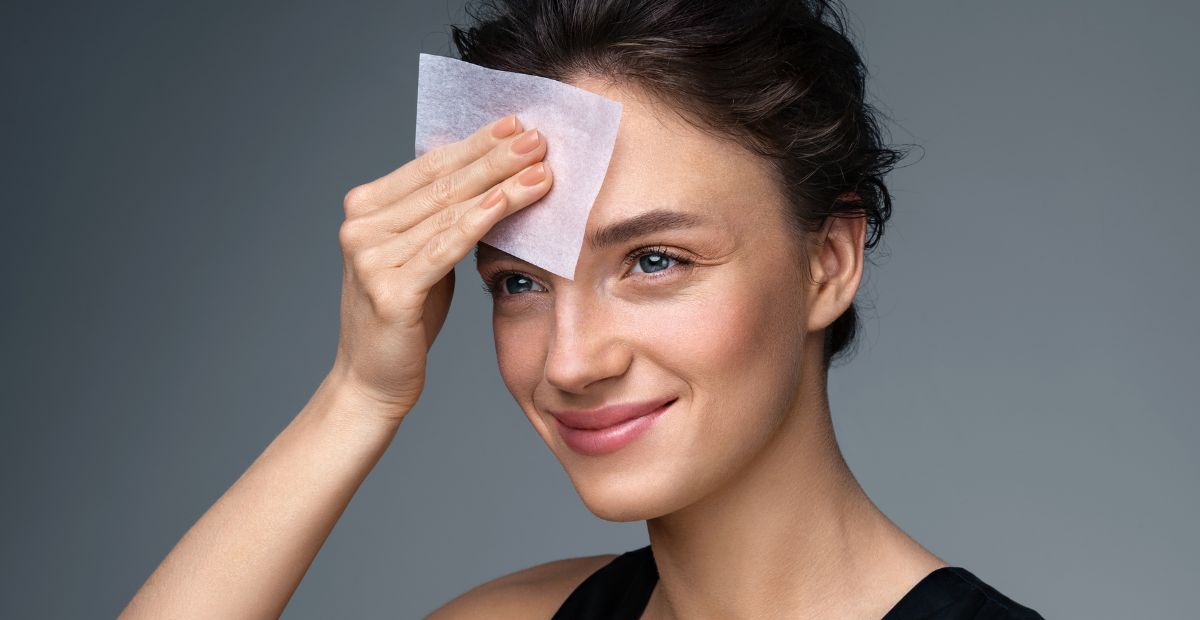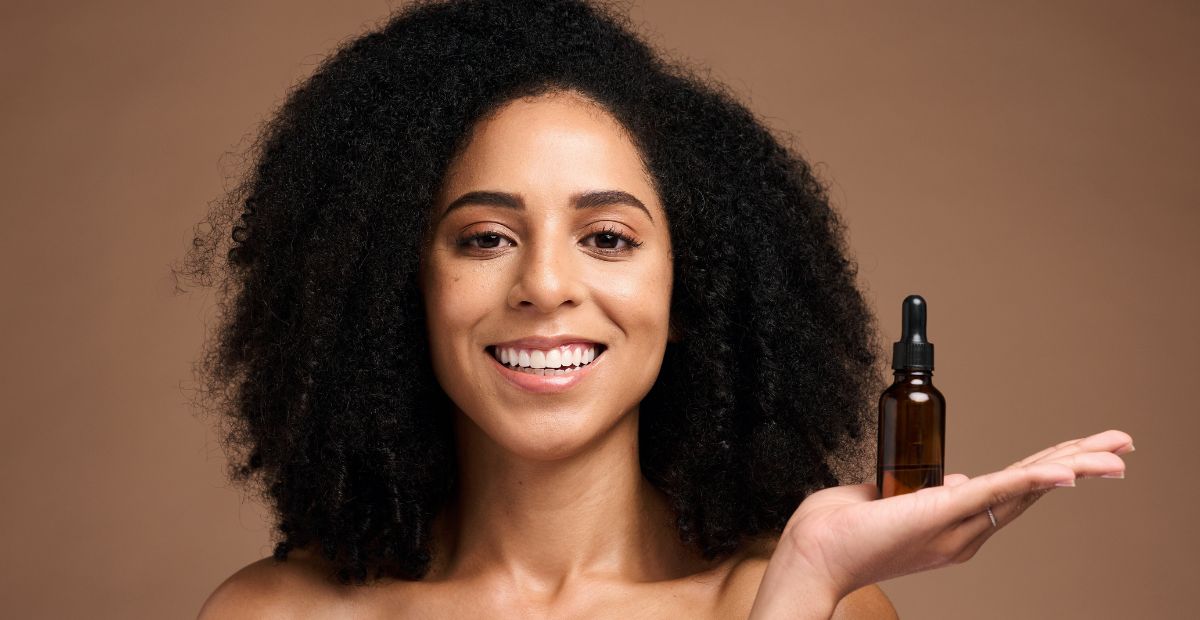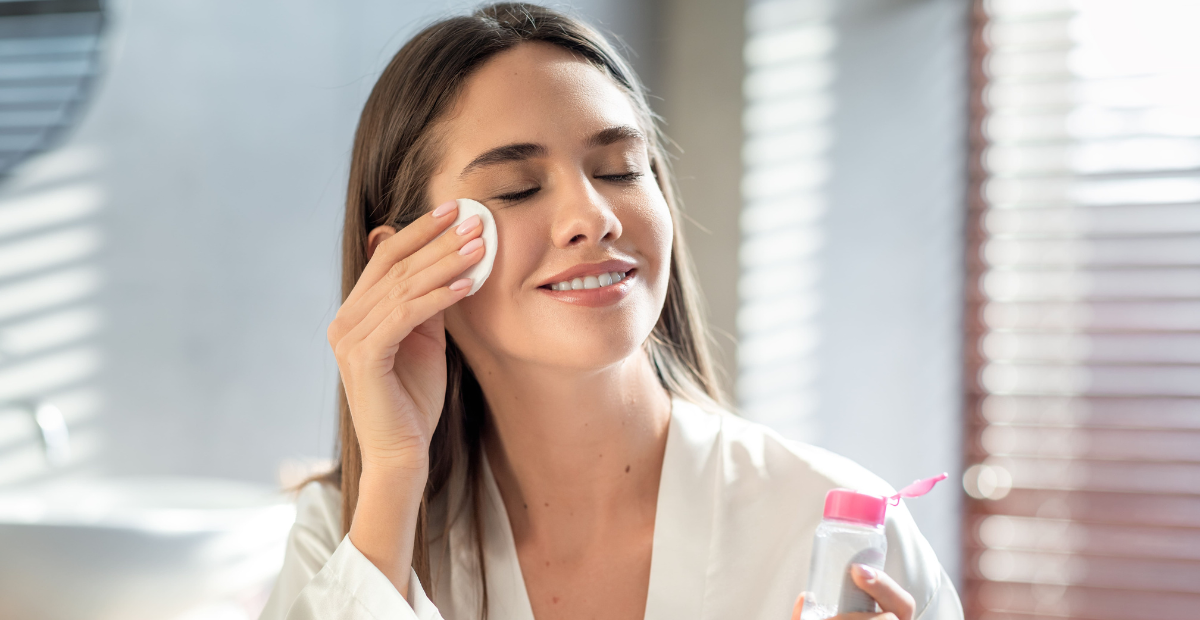NAD+ for Skin: A New Beauty Wonder or Just a Placebo?
Onskin Content Team
Your guides through the skincare chaos
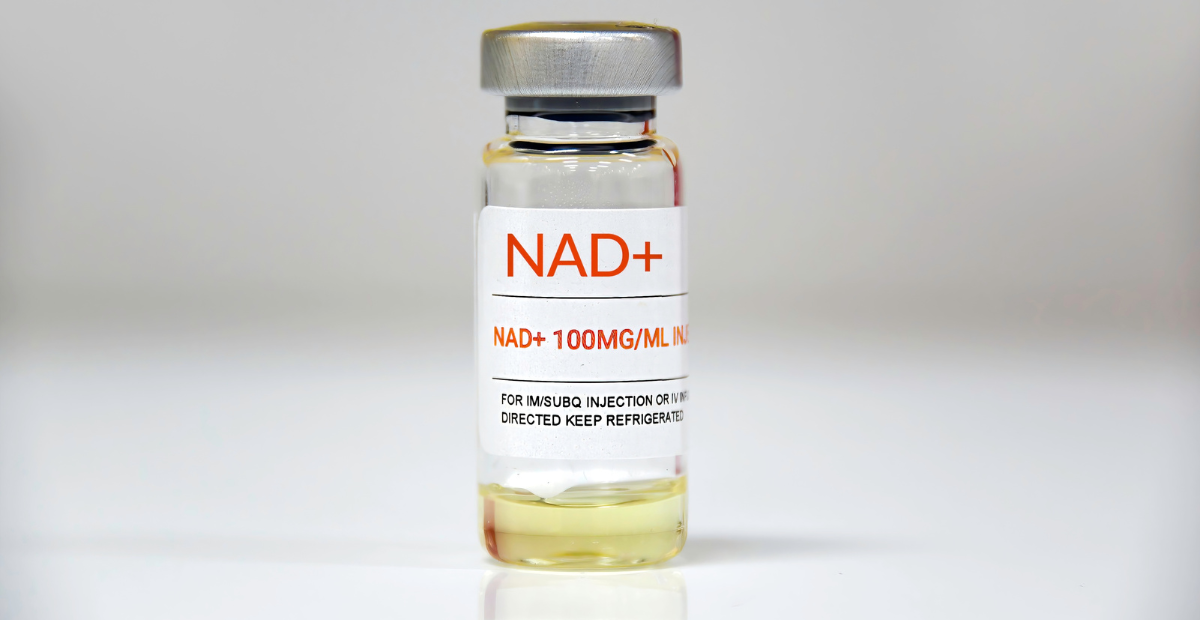
If you’ve spent any time looking for skincare videos on TikTok or YouTube, you’ve probably seen titles like “I tried NAD+ skincare and it SNATCHED my face” or “NAD+: A New Era in Skin Longevity.” Over the past few years, NAD+ has exploded in popularity as an anti-aging miracle. Beauty influencers, skincare brands, and even celebrities like Jennifer Aniston, Joe Rogan, Gwyneth Paltrow, and Hailey Bieber are all fans. And some even claim that NAD+ doesn’t just slow down signs of aging but can actually reverse them.
However, science isn’t quite as convinced. And to understand why, we first need to cover the basics.
What Is NAD+
In fact, NAD+ (nicotinamide adenine dinucleotide) isn’t just a trendy ingredient added to injections, supplements, or skincare products. It’s actually a natural coenzyme found in every cell of our body, and it plays two major roles:
- Metabolism. It helps drive chemical reactions that produce ATP, the main energy source for cells.
- Cell signaling. It regulates enzymes that control how proteins function, which affects many key processes in the body.
In simple terms, NAD+ acts as a messenger, telling cells how much energy they have and helping them respond to stress or damage.
The problem is that NAD+ levels naturally decline with age in many parts of the body, including the liver, brain, muscles, and skin. Low NAD+ has been linked to faster aging, age-related diseases, and even rare genetic disorders that cause premature aging.
One reason NAD+ is so important is that it fuels certain “longevity enzymes,” like SIRTs and PARPs. These enzymes help repair damaged cells, regulate the aging process, and maintain tissue health. But without enough NAD+, they can’t function properly. And that may speed up aging and cellular decline.
How Does NAD+ Impact Skin Aging?
Ultraviolet rays constantly penetrate the skin and damage its DNA. Many of the systems that fix this damage rely on NAD+. When its levels are low, PARPs and SIRTs work less effectively, causing DNA damage to accumulate. Over time, this can cause skin cells to stop producing collagen and elastin, the proteins that keep skin firm and elastic, and, eventually, weaken the skin’s structure.
Low NAD+ also affects gene regulation, slowing collagen production and wound healing.
On top of that, mitochondria, which give cells energy, rely on NAD+ too. Without it, they get damaged, increasing stress and breaking down collagen even faster.
So, the logic behind the marketing is pretty clear: If you restore NAD+, you might slow or even reverse skin aging.
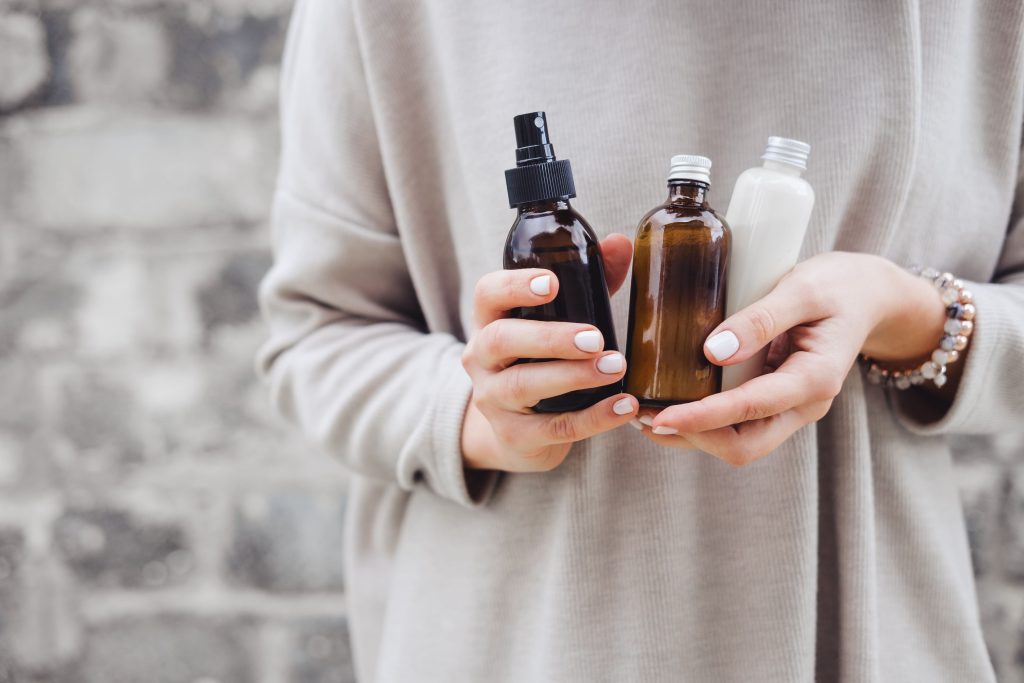
Can You Boost NAD+ from the Outside?
The general scientific consensus is the following: research on NAD+ is still very limited. There aren’t enough studies on the effects of NAD+ in humans overall, and even fewer that specifically focus on the skin.
Anyway, let’s take a look at what science knows for sure about NAD+ to understand the full picture.
What Has NAD+ Research on Animals Found
Studies in mice have shown that restoring NAD+ to levels similar to those found in youth can offer significant health benefits throughout the body. Normally, mice lose about half of their NAD+ by middle age, which is associated with various age-related problems. When scientists boosted NAD+ back, they observed improvements in heart health and blood vessel function. Muscle strength and endurance also improved, and the mice recovered more effectively from organ injuries. In models of Alzheimer’s disease, higher NAD+ levels were linked to better memory, enhanced cognitive function, and improved nerve repair.
What Has NAD+ Research in Humans Found?
After encouraging results in animal studies, researchers decided to try to restore NAD+ in humans, and some experiments have shown early but promising outcomes. In several studies, participants took nicotinamide riboside (a special form of vitamin B3 that the body converts into NAD+) orally. As a result, some participants experienced lower blood pressure and reduced arterial stiffness. In older men, just three weeks of NAD+ boosting lowered levels of inflammatory markers in the blood. In people with heart failure, higher NAD+ levels were linked to improved mitochondrial function, meaning more efficient energy production and reduced inflammation.
And What About NAD+ Benefits for Skin?
In one study, researchers combined NAD+ with natural plant-based ingredients called quercetin and enoxolone, which help block an enzyme called CD38 that breaks down NAD+ in the body.
When they tested this on human skin cells in the lab, they saw that NAD+ helped protect the skin from damage caused by UV light and also slowed down natural aging. These effects were even stronger when NAD+ was combined with quercetin and enoxolone.
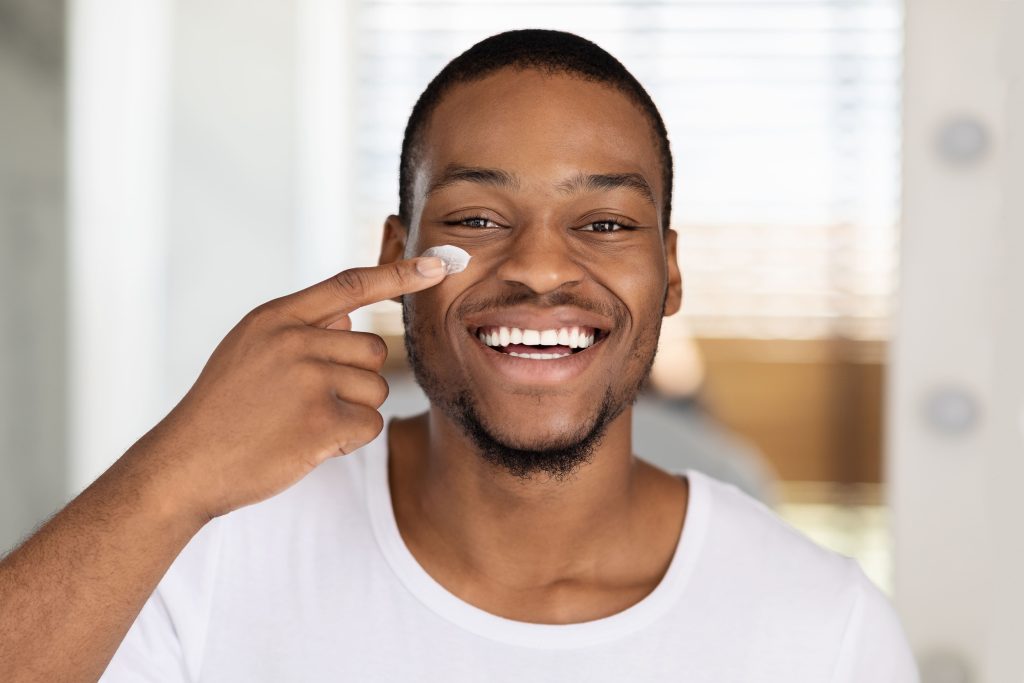
The researchers believe this combination works by boosting processes in cells that are known to fight aging, like improving energy production in the cell (mitochondria), cleaning out damaged parts, and activating SIRTs.
So, Does NAD+ Therapy Really Slow Down Aging?
We still can’t say for sure. Studies on mice and human cells are promising but not enough to draw conclusions, especially when it comes to skin benefits.
Moreover, simply boosting NAD+ levels in the body doesn’t fix the underlying causes of its decline. So, while the therapy may offer a temporary boost, it might not be a long-term solution.
And don’t forget that aging is a complex process. Even scientists don’t fully agree on what causes it, and that’s why there can’t be a single magic bullet to keep us looking young forever. However, there are some skincare ingredients with a proven track record that may help you. Compounds like bakuchiol, retinol (with some limitations), ferulic acid, peptides, and adenosine are backed by research and can effectively reduce signs of aging.
If you’re unsure where to start, try using the OnSkin app. It helps you check the ingredients in your skincare products and understand which ones best suit your skin type and condition, so you can make more informed choices for your routine.
Last but not least, don’t underestimate the power of a healthy lifestyle. Eat antioxidant-rich foods, don’t smoke, and try to reduce stress in your life. And yes, use SPF wherever you go; that’s a must.
FAQ
-
Where do I start with OnSkin?
Download the app and think of a product you’d like to know more about. Then, go to the main screen and choose how you’d like to get the info —by manually looking it up in the search bar, by scanning its barcode, or by simply taking a picture of the packaging. Once you’ve done any of these, you can see how safe the product is and if it suits your skin or hair (if this analysis is available).
-
What is Safety Rating, and how is it calculated?
In OnSkin, we base product rates on ingredients. Each is closely studied by our medical team and then evaluated. This way, each product gets a score from 0 to 100, with 100 as the safest level.
Safety Levels
- Excellent (76–100)
- Good (51–75)
- Not great (26–50)
- Bad (0–25)
These scores are backed by the latest scientific studies. You can find links to the resources we’ve used on each ingredient page. To assess the safety of product ingredients, we evaluate them according to the following parameters/criteria
- Endocrine disruption risk / Reproductive toxicity
Indicates the probability of mimicking, blocking, or interfering with the body hormones.
- Сarcinogenicity
Measures the potential risk of inducing cancer.
- Allergy risk
Estimates the probability of an allergic reaction.
- High concentration alert
Determines the risk of being unsafe in certain amounts.
-
What is Skin Match?
Based on the info you input about your skin type, age, skin care goal, and other “settings,” OnSkin checks how well a product is tailored to your unique skin needs — it’s basically like a dermatologist helping you find the right products, minus the fees and the long wait. The product you’re checking might be labeled as It’s a match!, Hit-or-miss, or Not a match for you. The app also detects ingredient groups such as Anti-acne, Anti-inflammatory, Moisturizes, May be drying, Comedogenic, and others — by tapping one, you see exactly what ingredients from this or that group are in the product.
-
I seem to have a problem with using the app. Who should I contact?
Please reach out to us at [email protected], and we’ll carefully look into your issue. Your ideas for improving the app are also very welcome!
-
Do you have an Android version?
Not yet! Hey Android users, we hear you, and we're thinking about making an Android version, but we haven't started the development yet.
Tracker Sent!
It’s on the way to your inbox.


